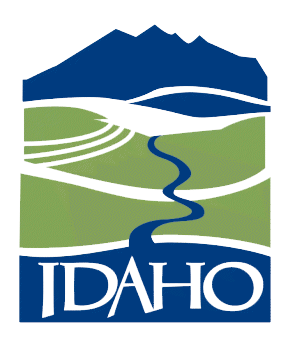Over the last decade or more, the Conservation Commission has done a significant amount of work with our partners to maintain and improve water quality in Idaho.
TMDL Implementation Plans
The Conservation Commission plays a lead role in developing TMDL (Total Maximum Daily Load) Implementation Plans to reduce sediment, nutrients, bacteria and other pollutant runoff from agricultural and grazing activities adjacent to streams, lakes or rivers that are on the state 303(d) list of degraded waters. There are more than 900 water bodies on the 303(d) list in Idaho related to agricultural sediment issues, representing 4,933 miles of streams statewide and American Falls Reservoir on the Snake River.
The commission works on TMDL plans year-round to improve Idaho’s water quality as there is a backlog of Implementation Plans to prepare. See our latest Performance Measures Report for statistics on this program.
Antidegredation Plans
By law, all 50 of the state’s soil and water conservation districts are required to develop five-year Antidegradation Plans that incorporate BMPs to reduce sediment runoff from agricultural and grazing activities on private lands. Please see the District Five-Year Plans for more detail.
Ground Water Quality Programs
The Conservation Commission works with districts and landowners to reduce ground water pollution from agricultural lands by assisting them with the implementation of BMPs on private lands. This work includes high-intensity nutrient management, precision agriculture, and high-intensity irrigation water management to address high levels of nitrates in ground water in designated priority areas. See our latest Performance Measures Report for statistics on this program.

